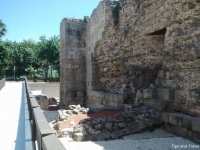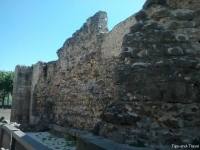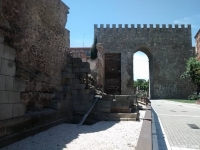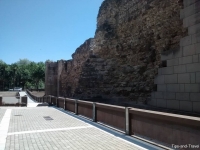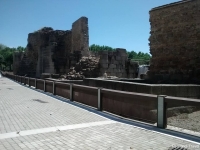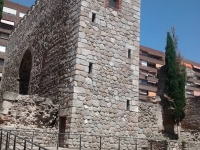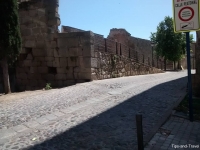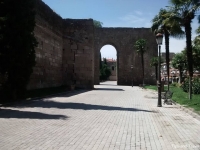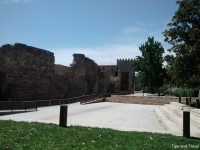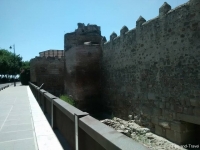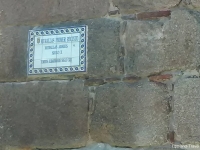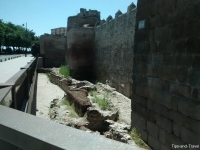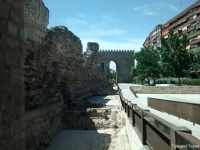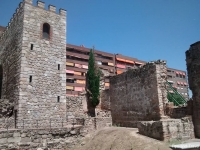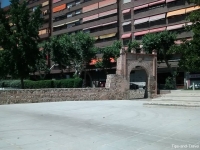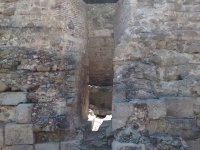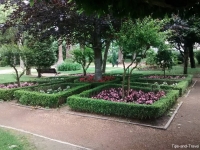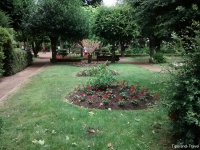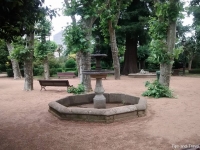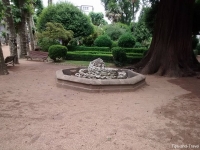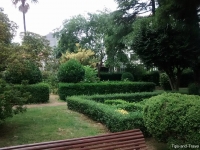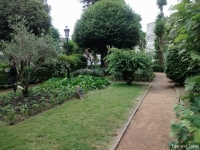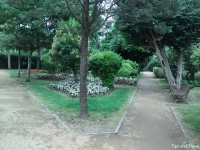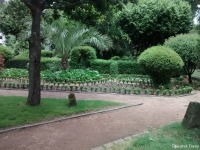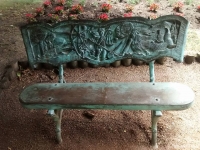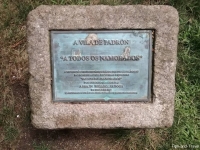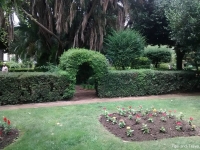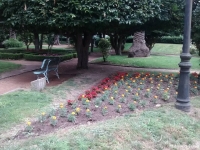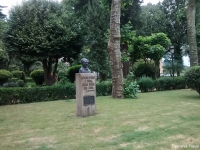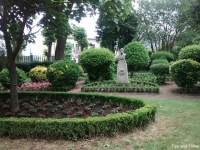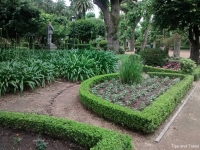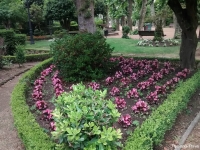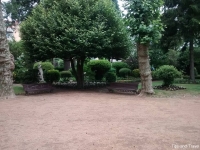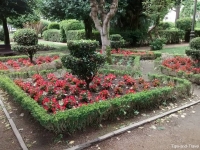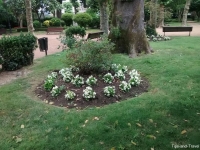The walls and the towers ‘albarranas’ of Talavera de la Reina is a defense system that protected the town in the province of Toledo, Spain, and counted on three walled enclosures, the roads were tangential to the Arab fortress but nowadays, there is only a large part of the first enclosure, the oldest, and some remains of the second. “La Villa” (first enclosure) was built in the IX-X centuries by Arabians possibly following the path of a Roman or Visigoth wall. Its main material are stone blocks, there are a lot of reused Roman remains there, even printed stones of that time; and rough stones. We also find semi-circular and square towers; these being the oldest towers and other flanking the thirteenth and fourteenth centuries. Unfortunately, the doors do not exist except for the remains of one of the semi-circular towers of the Door of Mérida. There still has a shield and a Virgin who presided the Door of St-Peter, but they were put in the Basilica of Prado. The second walls (XII) protected the Major cities or New ones and the third (XIII) surrounded the old towns. The second enclosure still retained some of the early ones alongside the citadel, and the door of Seville (XVI); the Powder Tower, a part of the door Zamora and a tower in San Miguel Square. The third will keep several coats of arms of the Door of Cuarto and some traces of the foundation. This kind of construction attached to the first fortifications meant that Talavera was considered one of the safest cities for centuries.
Tips
The walls and towers are on free access. It is a walk that can be done without a guide as there are indicators and panels with photos and explanations.
Talavera de la Reina has a tourist office where you can request more information.
